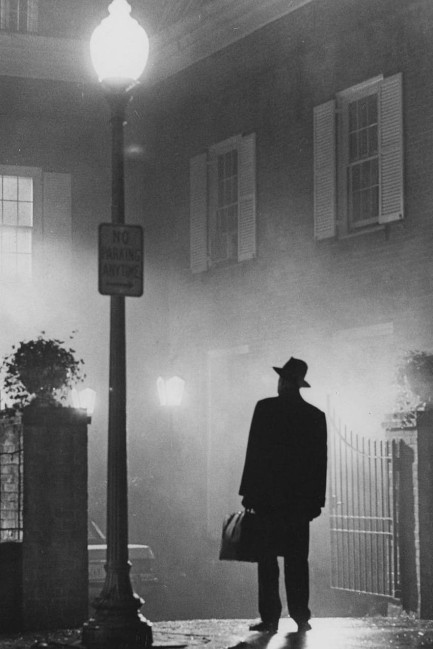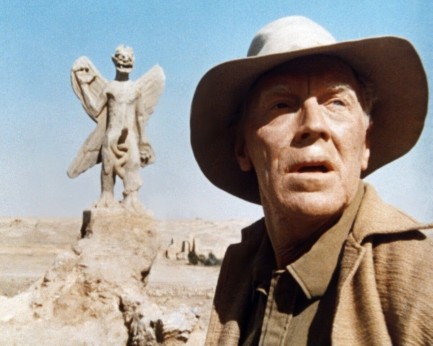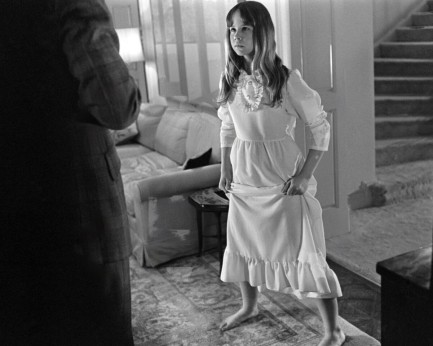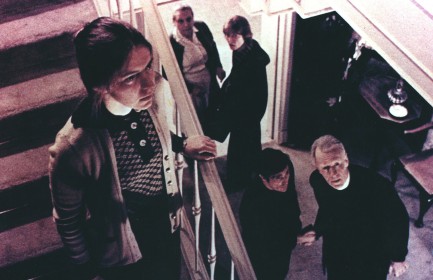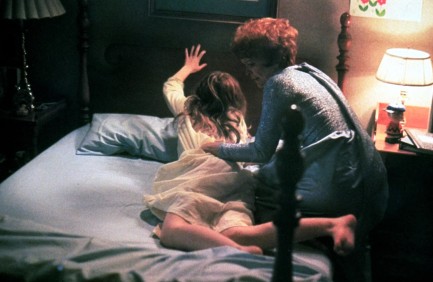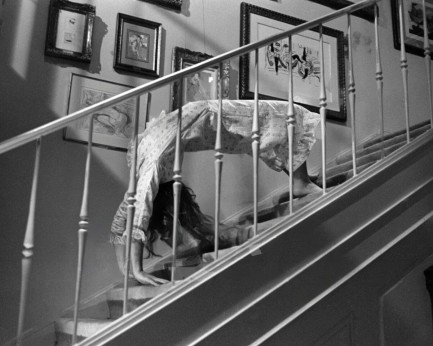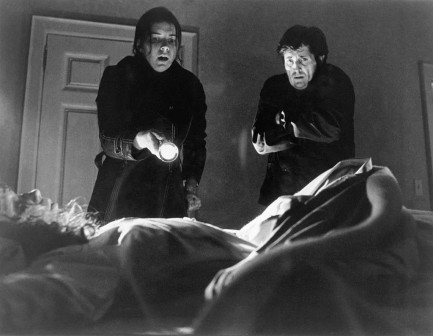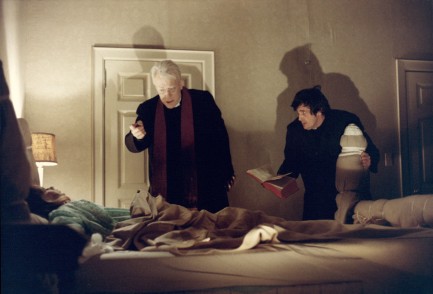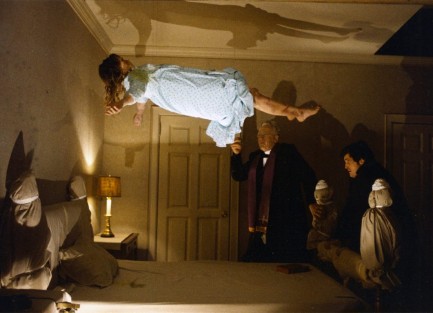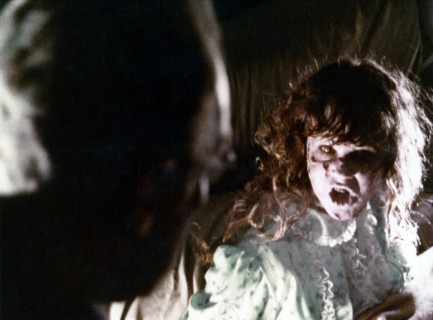| Vintage Pulp | Apr 14 2019 |

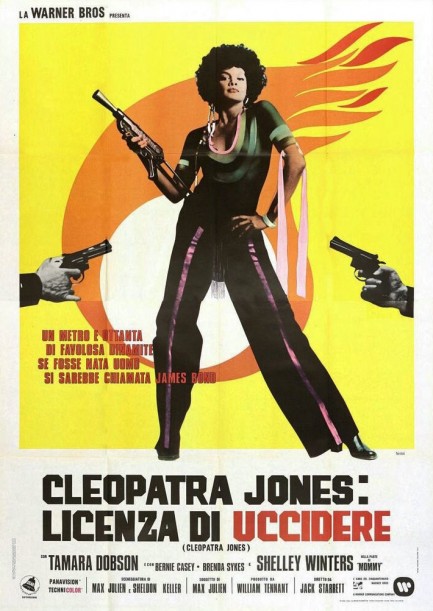
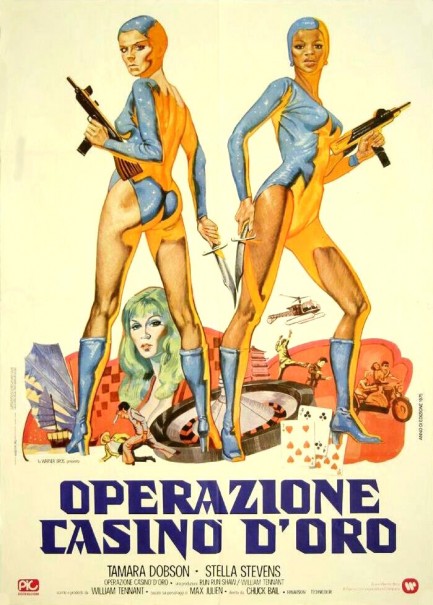
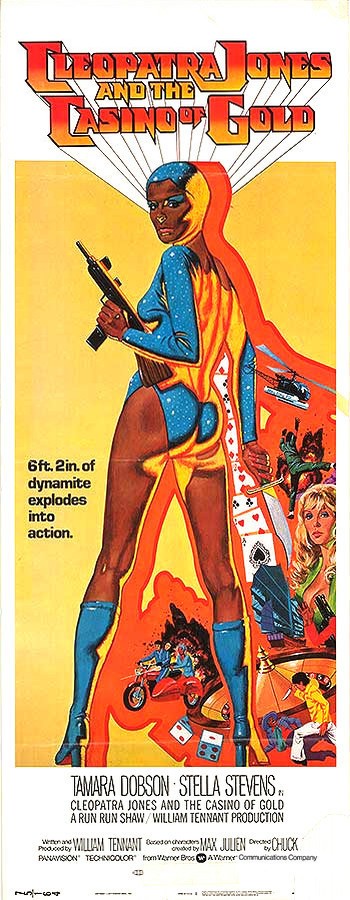 On the U.S. version star Tamara Dobson stands alone, but for the Italian promo a second figure appears to her right, representing we know not whom. You'll notice the Italy Dobson figure has lighter skin than on the U.S. poster, and lighter skin than her new sidekick. Was this a deliberate switcheroo? Were Italian moviegoers supposed to think the figure on the left, who was Dobson in the U.S., now represented co-star Stella Stevens? They probably did, even though Stella's face is present on both posters at about thigh level to the main figures. But we don't think Tannenbaum had any of that in mind. We think the second figure represents nobody and came out of his fertile imagination.
On the U.S. version star Tamara Dobson stands alone, but for the Italian promo a second figure appears to her right, representing we know not whom. You'll notice the Italy Dobson figure has lighter skin than on the U.S. poster, and lighter skin than her new sidekick. Was this a deliberate switcheroo? Were Italian moviegoers supposed to think the figure on the left, who was Dobson in the U.S., now represented co-star Stella Stevens? They probably did, even though Stella's face is present on both posters at about thigh level to the main figures. But we don't think Tannenbaum had any of that in mind. We think the second figure represents nobody and came out of his fertile imagination.Something else interesting about these—Tannenbaum had no trouble reproducing Stella's face, but you'll notice none of the figures look like Tamara Dobson. Not unless you squint. Hmm. Well, even if he had trouble with Dobson's likeness, he did an amazing job on these pieces, which is no surprise considering he's a major contributor to cinematic art who painted promos for The Sting, Star Trek: The Next Generation, and other big budget releases. There are no known Italian release dates on these Cleopatra movies, but ballpark, figure summer 1974 and winter 1975. Read about them here and here.
| Hollywoodland | Jul 2 2009 |

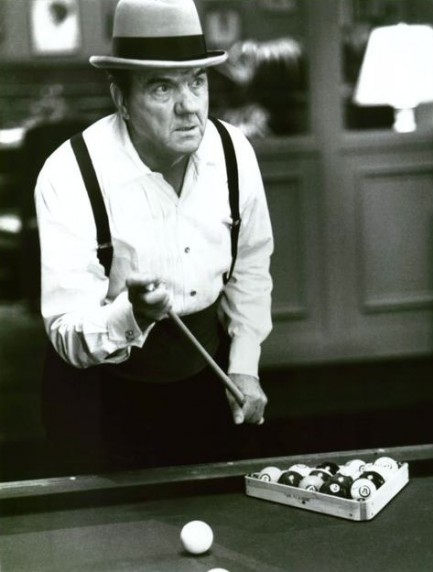
American actor Karl Malden, aka Mladen George Sekulovich, seen here in a promotional still from the movie The Sting II.
| Vintage Pulp | Dec 26 2008 |

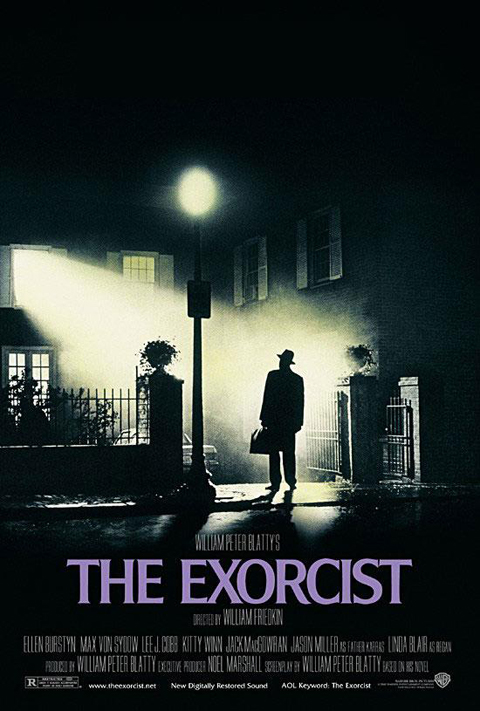
It was released today in 1973, and it implanted into happy holiday audiences enough nightmare material to last seven lifetimes. Half its tricks have since been stolen by other films, and the other half can’t be—because they can’t be shot legally on American soil anymore. The scene in which Linda Blair stabs her own nether regions repeatedly with a crucifix would make it past neither the test audiences nor the deciders in Hollywood’s executive suites. And even if it did the moral police at the MPAA would slap an NC-17 on it. That’s one of the reasons we love the 70s so much—what was produced then was uniquely daring and artistically viable.
Even though The Exorcist was based on a William Peter Blatty novel that sold like a billion copies, its success was surprising. It scored two Oscar nominations—one for director William Friedkin and another for Best Picture. It was beaten in both categories by The Sting, in a decision that marks something of a watershed for the Academy’s own artistic viability. Not that The Sting wasn’t good—it was. But history has made its judgment now, and few would argue that, of the two films, The Exorcist hasn’t been more influential, more imitated and, ultimately, more beloved.